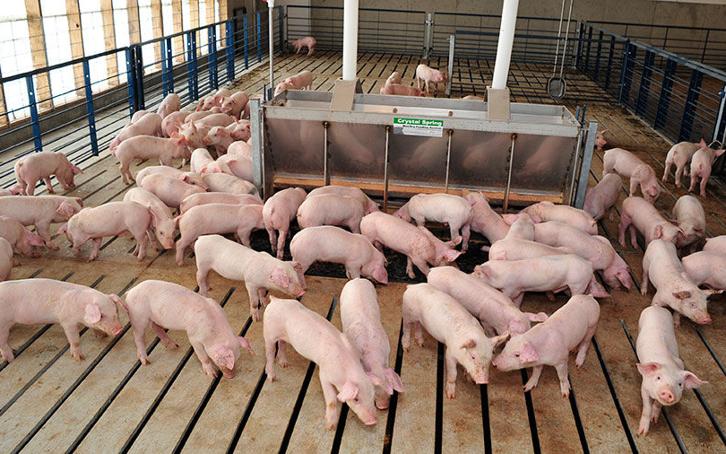Some recent reports suggest that inflation is slowing down, yet consumers continue to struggle with...
New Study Reports Higher Cost Not “Concentration” Behind Pork Price Increases

In a report issued recently, economists with Iowa State University, North Carolina State University and the National Pork Producers Council (NPPC) found that pork prices have risen because of strong demand for U.S. pork, higher input costs and labor shortages throughout the supply chain, not concentration in the meatpacking industry. The report's authors, Iowa State's Dermot Hayes, North Carolina State's Barry Goodwin and NPPC's Holly Cook also found that pork prices in the United States are still lower than in many other countries.
The pork packing industry is made up of fewer and larger plants than 50 years ago, but the structure of the industry has changed little in recent decades, the report stated. Concentration levels today are about 7 percent lower than they were five years ago because of new packing plants that opened from 2017 to 2020. Four of those five plants are at least partially producer-owned. In fact, more than 100 industries had a greater concentration level, according to a commonly used calculation.
"This report shows the concentration level in the pork packing industry is not significantly higher than it was 15 years ago," said NPPC President Jen Sorenson. "The recent increase in pork prices is driven by strong pork demand, rising input prices, higher wages and supply chain bottlenecks throughout the industry."
The report also found no evidence that significantly higher profits are being captured at the wholesale level during this time of higher retail prices. The farm-to-wholesale price spread - which consists of packers' costs and profits - has been shrinking while the wholesale-to-retail spread has increased over the past six months. Packer gross margins also are estimated to be within their 5-year average range.
"Although pork prices have risen rapidly in recent months," said Iowa State's Hayes, "retail and carcass prices in the U.S. are still relatively low when compared with prices in other countries."
"Americans pay less for pork, not more than consumers in most other nations," Sorenson said. "That includes big pork-producing countries such as Canada, Denmark and Germany."
EDITOR’S TAKE:
This report suggests that pork producer and meat packer margins have remained relatively stable despite rising cost at the retail level. There is no doubt that consumers are feeling the pinch from rising costs of pork and many other products they purchase on a regular basis. That said, according to this report, the fault cannot be attributed to pig farmers. Yes, they are benefitting from higher prices when they ship their pigs to market, but that is partially offset by rising input costs. It is significant that concentration has not increased over the past few decades and has not been the culprit leading to higher consumer prices for pork.







